
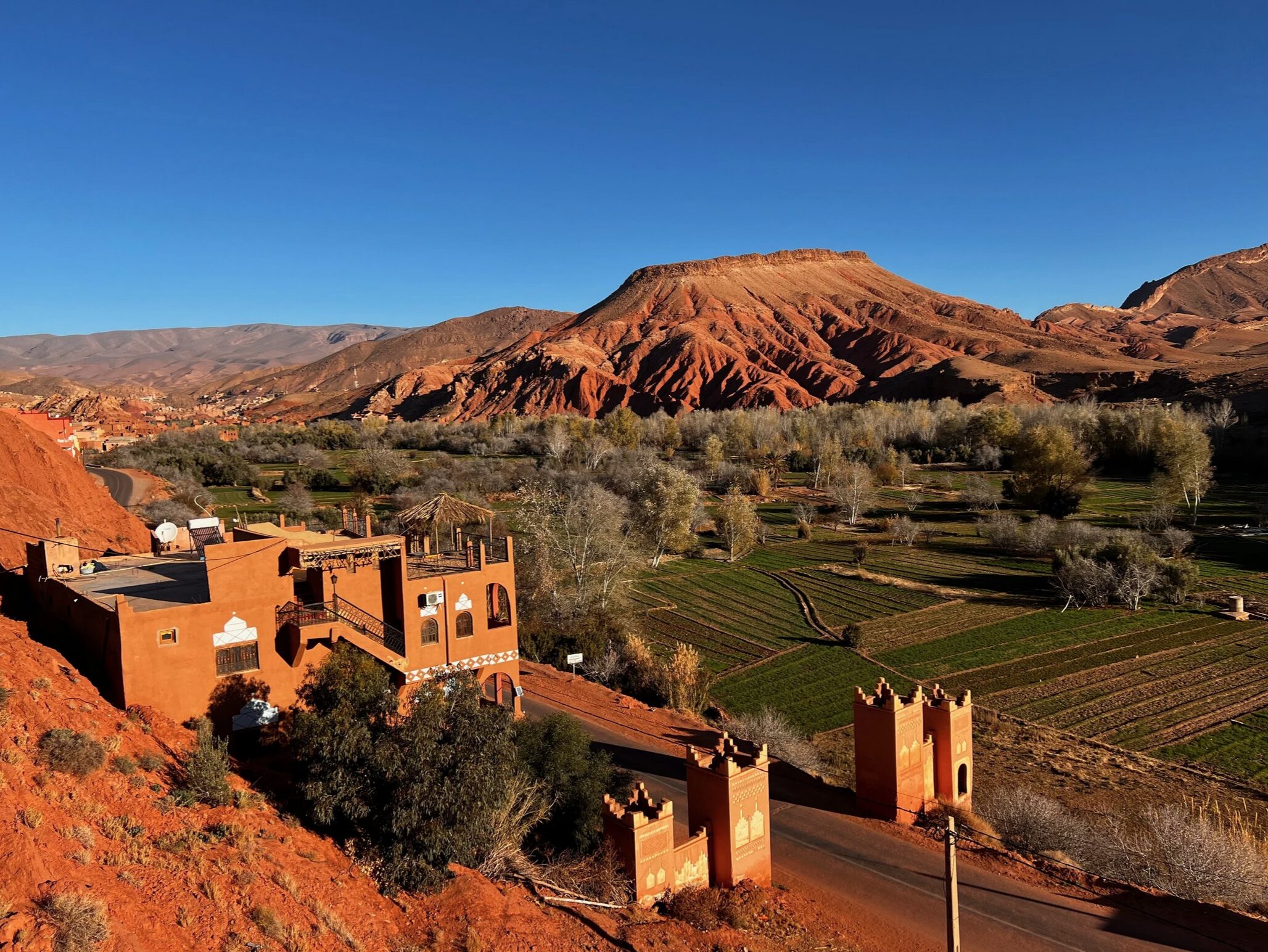
For travelers seeking dramatic landscapes, hidden oases, and winding roads through rugged canyons, Dades Valley is an unforgettable destination. Located between the High Atlas and the Jebel Saghro mountains, this breathtaking Moroccan valley is home to ancient kasbahs, towering rock formations, and Berber villages that seem untouched by time.
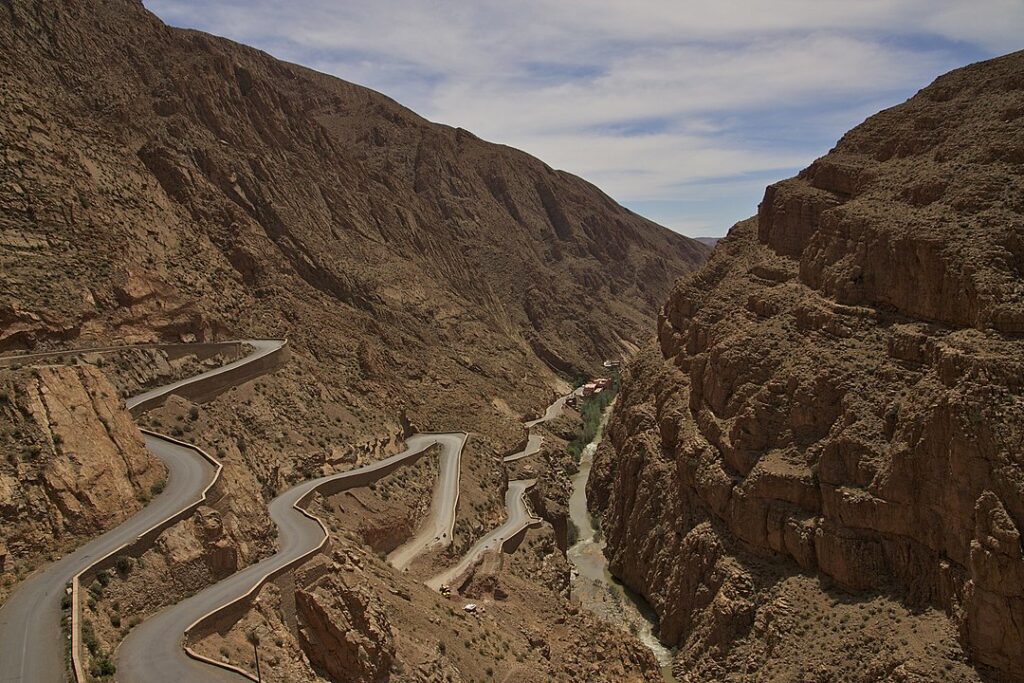
Whether you’re road-tripping through southern Morocco or venturing off the beaten path from Marrakesh or Ouarzazate, Dades Valley will leave you awestruck. In this guide, we’ll explore what makes the Dades Valley so special, what to see and do, and how to plan the perfect visit.
What Is Dades Valley?

Dades Valley (also known as the Vallée du Dadès) stretches for about 160 kilometers between the towns of Ouarzazate and Boumalne Dades, following the winding Dades River through a dramatic series of gorges and lush oases. Carved over millions of years by water erosion, the valley offers a stunning contrast between dry, red-rock cliffs and fertile green landscapes.
This region sits at the edge of the High Atlas Mountains—a majestic range that cuts through Morocco from northeast to southwest. It’s also part of what’s called the “Route of a Thousand Kasbahs,” a scenic drive dotted with fortified villages that once guarded caravan routes.
Learn more about the High Atlas Mountains on Wikipedia
Read about the city of Ouarzazate on Wikipedia
Top Attractions and Experiences in Dades Valley
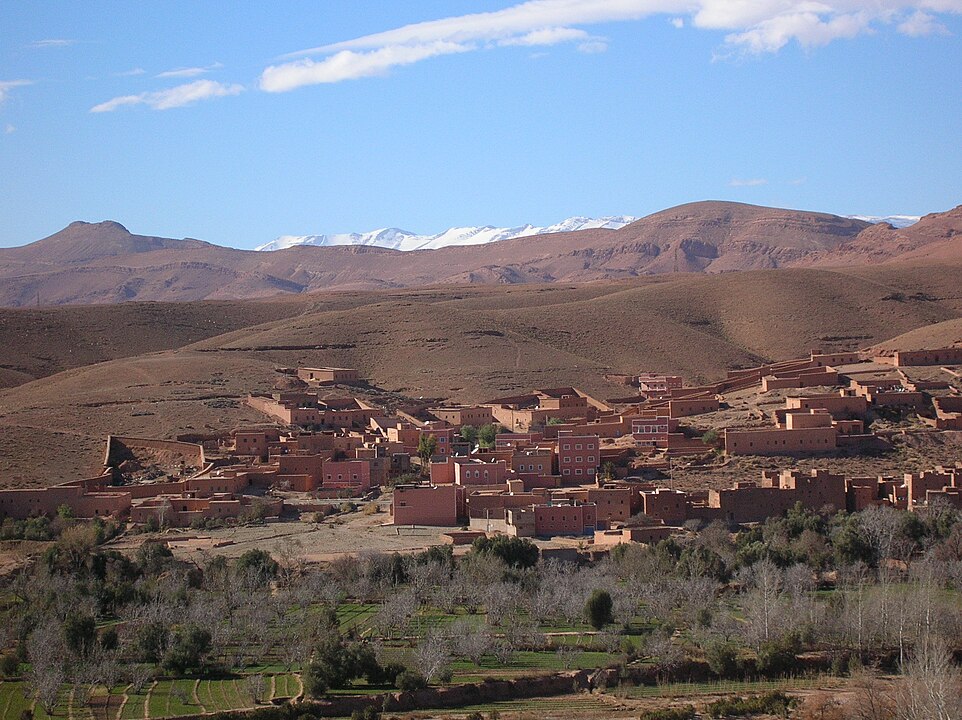
From jaw-dropping scenery to quiet village life, there’s no shortage of things to do in the Dades Valley. Here are the must-see highlights:
1. Drive the Famous Serpentine Road
The most iconic image of Dades Valley is the serpentine road that twists and turns dramatically through the canyon near Boumalne Dades. It’s a photographer’s dream and a thrilling ride for adventurous travelers.
2. Explore the Dades Gorges
These stunning rock formations were carved by the Dades River and tower above visitors like natural cathedrals. Take a hike along the gorge, admire the strange “monkey fingers” rock formations, or relax by the river’s edge.
3. Visit Traditional Berber Villages
Scattered along the valley are authentic Berber communities where life follows the rhythm of nature. In places like Aït Ouffi or Tamlalt, you can meet locals, visit traditional homes, or stay in a family-run guesthouse.
4. Discover Ancient Kasbahs and Ksour
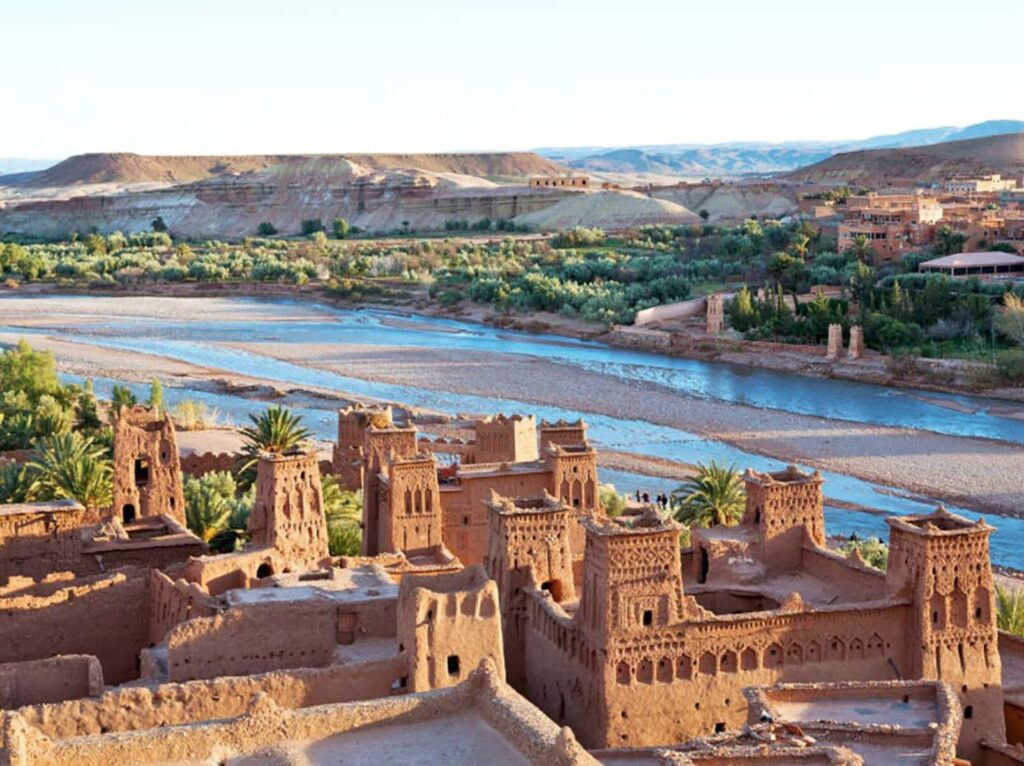
Throughout the valley, you’ll find kasbahs—fortified homes made of mudbrick—and ksour (fortified villages), many still inhabited. These structures tell the story of Morocco’s rich architectural and tribal history.
5. Sunrise and Sunset Views
For magical moments, head to one of the high viewpoints above the valley at dawn or dusk. The shifting light paints the cliffs in shades of red, orange, and gold—truly a sight to remember.
Travel Tips & Cultural Insights
Getting There
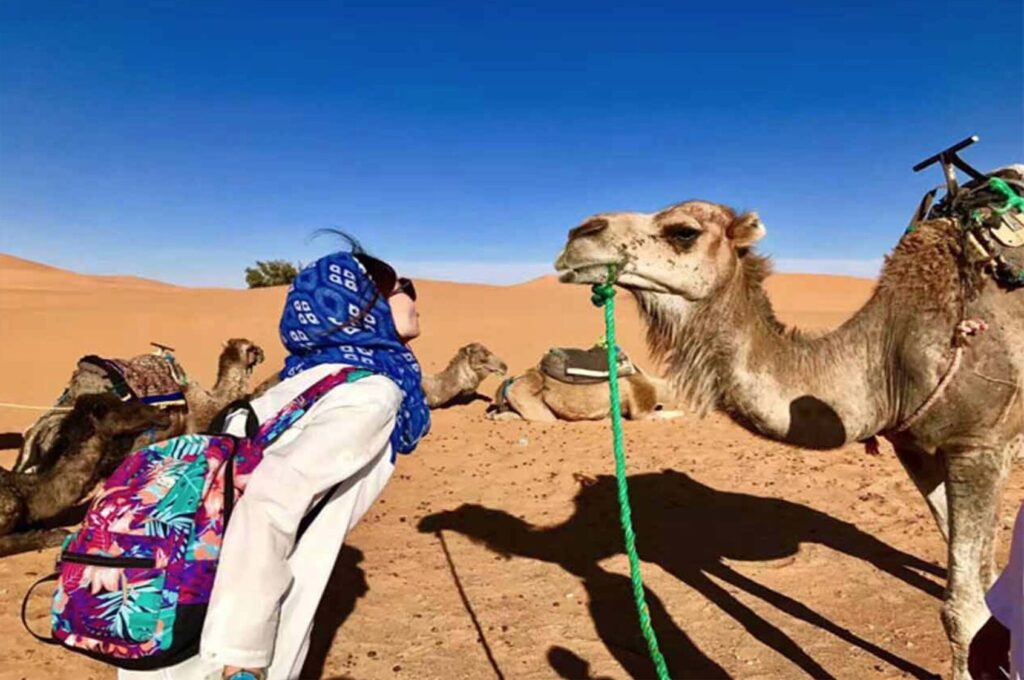
The Dades Valley is best reached by car or on a private tour. Most travelers arrive via Ouarzazate or as part of a longer journey to the Sahara Desert near Merzouga. The roads are well-maintained, though winding, especially near the gorge.
Driving the route yourself offers the most flexibility, but guided tours often include expert insight and overnight stays in local guesthouses.
Where to Stay
There are a variety of accommodations ranging from boutique kasbah hotels to budget guesthouses. Many offer traditional meals, rooftop terraces, and panoramic views of the valley.
Local Cuisine
Try regional dishes like tagine with figs or almonds, often prepared using local ingredients. Mint tea flows freely, and meals are typically slow-cooked and shared family-style.
Respect Local Customs
Dades Valley is home to conservative rural communities. Dress modestly, especially in villages, and always ask before photographing people. Purchasing local crafts is a great way to support the economy.
Traveler Stories from the Dades Valley
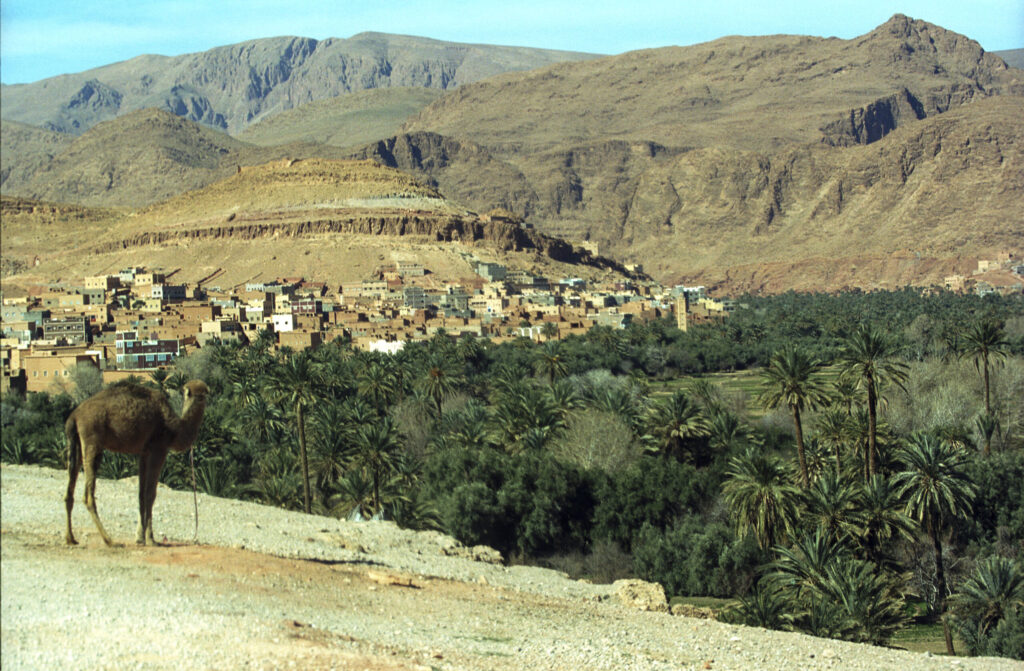
“Driving the serpentine road in Dades Valley was like something out of a movie,” recalls Matteo from Italy. “We pulled over for photos and were invited into a local home for tea—it was such a genuine experience.”
Another traveler, Lina from the UK, shared: “The Dades Gorges were even more stunning than I imagined. We hiked through palm groves, saw goats climbing rocks, and had dinner under the stars in a kasbah.”
These moments of spontaneous hospitality and jaw-dropping nature are what make Dades Valley so memorable for travelers from all over the world.
When to Visit & What to Expect by Season
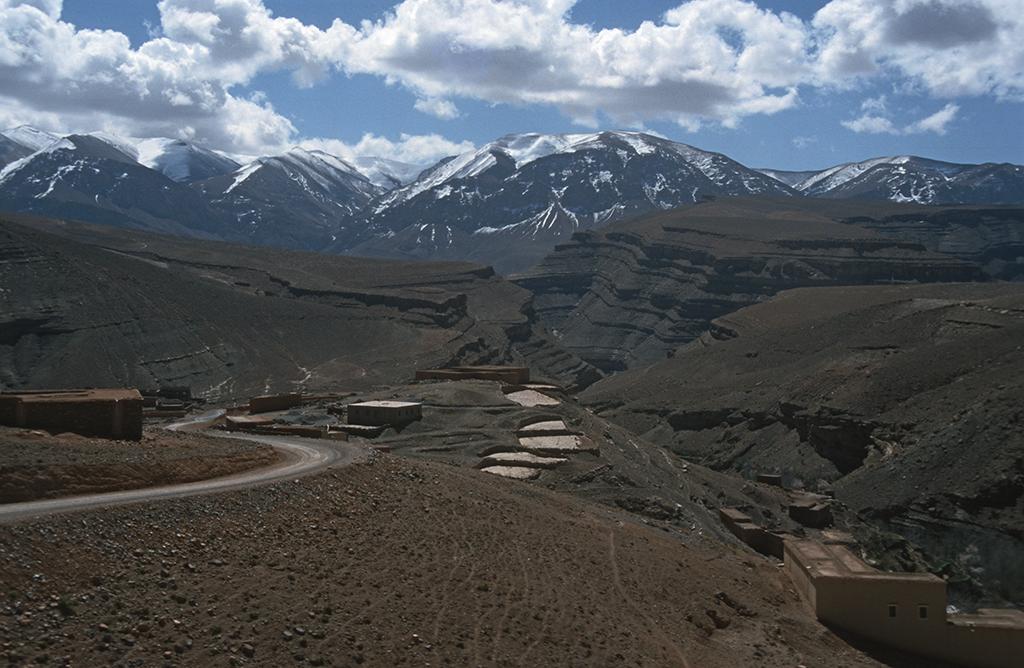
Spring (March–May)
Spring is arguably the best time to visit. The valley is green, flowers bloom, and temperatures are mild—ideal for hiking and photography.
Summer (June–August)
While the valley can get hot during the summer, it’s still cooler than desert regions. This is a good time to explore higher elevations or enjoy shaded areas along the river.
Autumn (September–November)
Fall brings beautiful colors and cooler temperatures. Harvest season gives you a chance to see figs, pomegranates, and almonds in the markets.
Winter (December–February)
Snow often dusts the nearby High Atlas Mountains, creating a dramatic contrast. While some roads may be slippery, the views are crisp and serene.
FAQ: Dades Valley Travel Questions
How far is Dades Valley from Marrakesh?
Dades Valley is about 330 km (205 miles) from Marrakesh. The drive takes roughly 6–7 hours, often combined with stops in Aït Benhaddou or Ouarzazate.
Is it safe to drive in the Dades Valley?
Yes, the roads are generally safe and well-paved. Be cautious on winding sections near the gorge, and avoid night driving in remote areas.
Are there guided tours available?
Absolutely. Many Moroccan tour companies offer multi-day desert tours that include stops in Dades Valley, especially along the route to Merzouga.
What should I pack for a trip to Dades Valley?
Bring layers (as temperatures can vary), comfortable walking shoes, sunscreen, a hat, and a camera. In cooler months, a jacket is essential.
Can I visit Dades Valley with children?
Yes! The scenery is family-friendly, and many guesthouses are welcoming to children. Just be cautious on hikes and steep viewpoints.
Final Thoughts: Plan Your Journey Through the Dades Valley
Whether you’re drawn by the winding roads, epic canyon views, or the chance to immerse yourself in rural Berber life, Dades Valley is a destination that captures the spirit of Morocco. It’s a place of contrasts—lush valleys framed by desert rock, timeworn villages sitting beside modern roads, and silence interrupted only by the breeze.
Don’t rush through it. Take the scenic route, linger for sunset, and let the beauty of the valley reveal itself slowly.
Ready to explore more of Morocco? Browse our curated itineraries, day trips, and cultural experiences on Skies of Morocco and start planning your next adventure today.




